We have seen how passed with W racing constitutes one of the most effective methods for the approximation of the parabola starting from the spherical surface.
Let us examine some variants of this technique to accentuate or diminish the effect of processing in some areas of the surface.
The W race presupposes a constant displacement and linear , orthogonal to the direction of travel.
We can vary the intensity of the speed of this lateral displacement in order to concentrate a higher number of strokes in a surface area of our. This increase in speed will have to be symmetrical, we will have an increasing speed ( the declining ) starting from the edge to the center of the mirror and vice versa from the center to the edge opposite to that of departure.
Below, some techniques that use this method always referring to these methods of setting:
- Utensil made of pitch patina interface.
- light pressure located in the center.( this is very important because a high pressure can radically alter the effect of past even leading to opposite results to those expected )
- perfect fit between the contact surfaces
- patina in excellent condition Operating ( hardness, channels, etc )
METHOD FULL DIAMETER CORSE CONCENTRATE AT THE EDGE
The past with W racing is carried out with the same as described in the article dedicated mode, what we are going to vary is in fact only the speed of the lateral displacement that is no longer constant.
We will act then starting from a board with an initial speed of very low lateral displacement of the tool, the first passes must be almost completely tangential and will increase the speed of the movement until reaching the center of the mirror, then we will make the same number of strokes with lateral velocity decreasing until reaching the opposite edge.
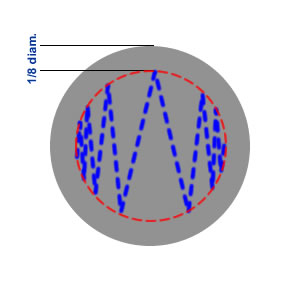
Fig.1 – the stroke trajectory W focused to the edge
As can be seen from the figure the effect on the trajectory is to increase the expansion of W up to the middle path and then contracting.
n.b. the speed of the races in “back and forth” It remains the same , the variation relates to the displacement only thetorale tool.
UNDER MIRROR:
we apply this passed to W “modified” in mirror mode under, It will allow us to act more effectively on the circular mirror outer ring, It may be useful in cases where it is progressing in parabolizzazione, but the edge of the mirror tends to remain spherical, or if you want to attack a raised edge without, however, excessively modify the surface of the parabolic trend.
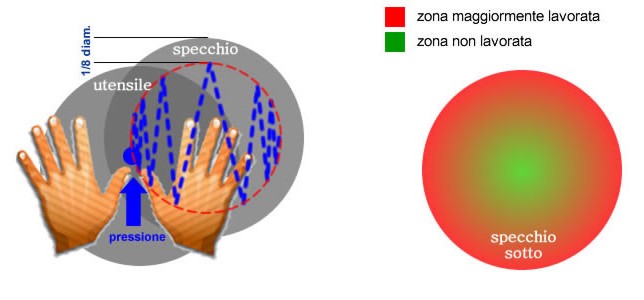
Fig.2 – racing effect concentrated at the edge W – mirror under
MIRROR ABOVE :
In this case it is easy to realize that the more effective will be distributed in the central areas of the mirror, In fact, in the moment in which they are in contact with the edge it develops greater pressure tool and reaction per unit area. It may be useful in cases where it is proceeding with the parabolizzazione but the center remains “dish” or in the presence of a “collina” central.
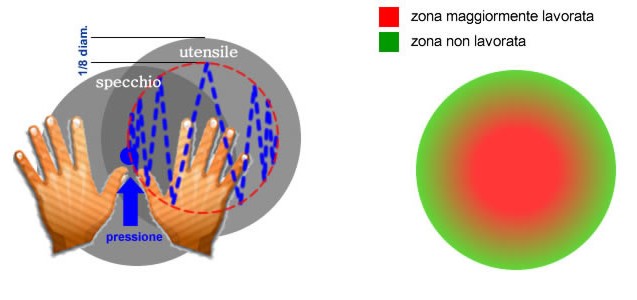
Fig.3 – racing effect concentrated at the edge W – mirror above
It should be noted that the variation of the lateral displacement speed can be further increased for “to force” the deepening of the center. If hypothetically we were to increase it to the limit of a shift “instant” There rimoveremo in the case of the last chord that, as we have seen acts almost exclusively to the center of the mirror, maximizing the excavation but penalizing the regularity of the form.
We can therefore say that, in the past to W, As more accelerate the speed of the lateral displacement much more we penalize the regularity of the form ( in this case parabolic ) the benefit of a greater action in some areas of the mirror.
METHOD FULL DIAMETER CORSE CONCENTRATE THE CENTER
we can reverse the execution mode of the lateral displacement beginning with a descending displacement speed up to the center of the mirror and then increasing until the opposite edge.
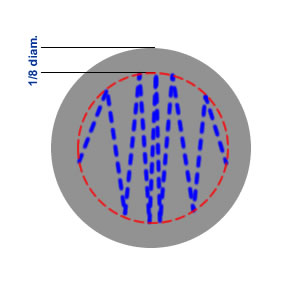
Fig.4 – the stroke trajectory W concentrated at the center
In this way we will have that the races will be concentrated in the central area of the mirror accentuating that which is the natural action of the past W.
UNDER MIRROR:
of little-used standard except in special cases where you want to reduce “the opening ” the parabola or sphere.
MIRROR ABOVE:
In this case, the long runs of the past to w intensified as a number in the center of the center passages will have a greater effect in the periphery of the mirror. Is’ therefore useful in cases where you want to act on a raised edge or phase for parabolizzazione “tear down” the periphery of the mirror, and then the sphere of origin.
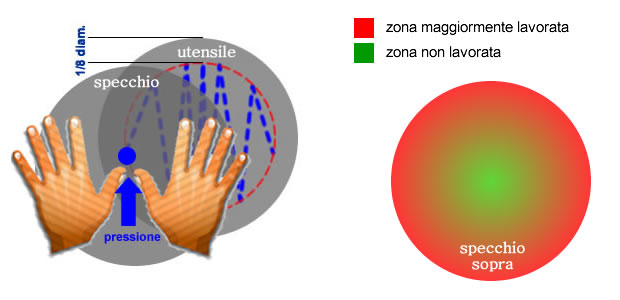
Fig.5 – racing effect concentrated at the center W – mirror above
Note that the excessive repetition of long and middle races very easily generates edge retorted, which is deformed a limited area close to the edge of the mirror whose curvature tends to decrease in an excessive and sudden.
It is also worth noting how this is one of the cases in which by acting on the intensity of the applied pressure, They are generated opposite results to those obtained with light pressure. Applying fact a considerable pressure at the center, in combination with the long runs, we will have a deepening of the center rather than the periphery, and at the same time also we will increase the probability of generating edge retorted.
METHOD A SUB-RACES DIAMETER CONCENTRATE THE CENTER.
In this mode, we can only act with mirror under and above tool.
the execution of the technique is the same as that described for He ran to W with sub-diameter, In fact, even in this case, the only parameter that we are going to change is related to the lateral displacement speed.
We will act so as in the case of the full diameter previous: starting from a board with an initial speed of higher lateral displacement of the tool, on decreasing the speed of the movement until reaching the center of the mirror, then we will make the same number of races with increasing lateral speed until it reaches the opposite edge
the generated effect will be that of a much more marked in the center with respect to the normal deepening passed to W with sub-diameter, it also becomes essential to choose the tool diameter, the best results are achieved with tools around 40-50% the mirror diameter
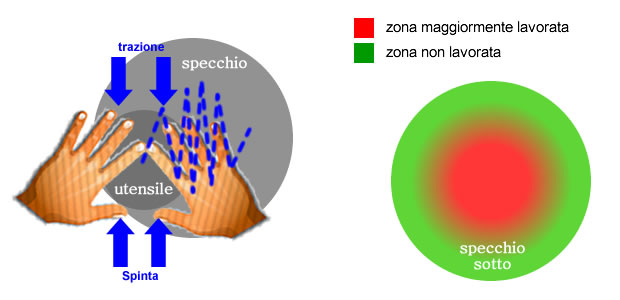
Fig.6 – racing effect W with sub-diameter concentrated at the center
However, excessive use of this technique leads to the “side effects”. Suppose in fact to use a sub-diameter to 50%, and perform the races to W with the described method, namely, decreasing the speed of lateral displacement in order to concentrate a greater number of strokes on the center of the mirror.
The trend of sub-diameter, in this case, will be to deepen the center but at the same time to generate a central spherical zone with extension of slightly less than that of the sub-diameter. This is also inferred from the fact that there will be a mirror area, unlike other, will always be in contact with the tool from which, For definition, it generates a spherical shape.
We will see in other articles as it is possible to obviate these drawbacks by means of modifications to the patina to form in the tools sub-diameter.